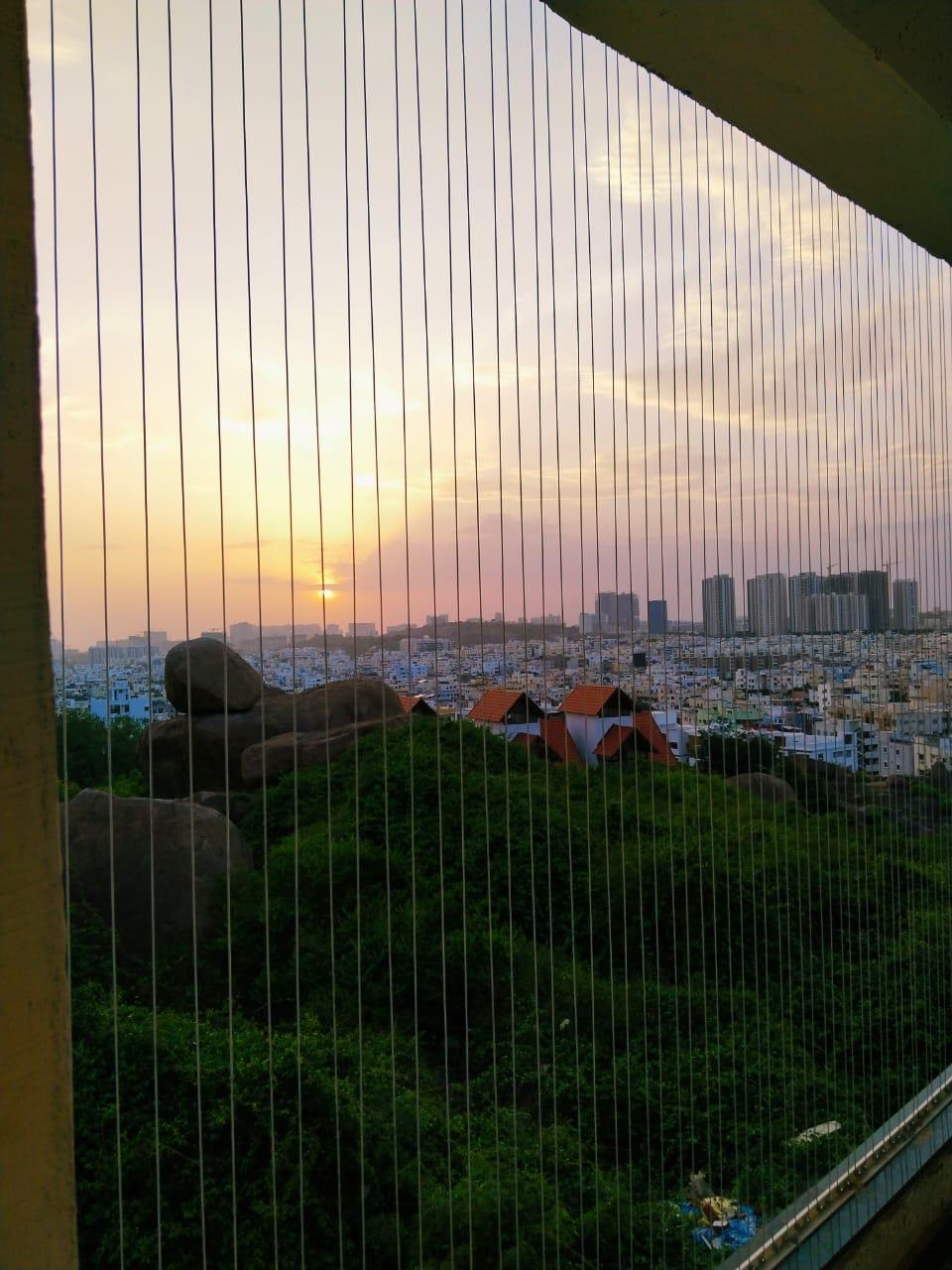Invisible Grills
Invisible grills have revolutionized home safety and design, offering a sleek alternative to traditional metal bars. These nearly imperceptible safety barriers are widely used in high-rise apartments, balconies, and open spaces to prevent falls while preserving aesthetics and ventilation. This article explores what invisible grills are, their advantages, and the materials that make them both functional and visually appealing.


What Are Invisible Grills?
Invisible grills are composed of thin, high-tensile cables or wires, typically arranged in a grid pattern and anchored to sturdy frames or walls. From a distance, they appear almost invisible, providing security without the caged-in feel of conventional grills. They’re especially popular in urban settings where safety and style are equally important, offering protection for children, pets, and adults without obstructing views.
Key Benefits
- Safety Without Compromise: Prevents falls from heights while maintaining an open, airy feel.
- Aesthetic Appeal: Blends seamlessly with modern architecture, enhancing property value.
- Ventilation and Light: Allows free airflow and natural light, unlike solid panels.
- Durability: Built to withstand weather extremes, from scorching heat to heavy rain.
- Easy Maintenance: Requires little more than occasional wiping to stay in top condition.
- Customizable: Adjustable spacing and designs to suit various applications.
Materials Used in Invisible Grills
1. Stainless Steel Cables Grade: Typically 304 or 316 stainless steel, with 316 being marine-grade for superior corrosion resistance. Specifications: Diameter ranges from 2 mm to 3.5 mm. Tensile strength often exceeds 400 kg, depending on thickness. Features: Highly resistant to rust, even in coastal or humid climates (thanks to molybdenum in 316-grade). Strong enough to endure significant impact or pressure. Role: Forms the primary structure of the grill, providing the strength needed for safety.
2. Nylon or Polymer Coating Application: A thin layer applied over stainless steel cables. Benefits: Protects against UV rays, moisture, and wear. Smoothens the surface, reducing injury risk. Enhances invisibility with transparent options or adds flair with colored variants.
Advanced Options: Some use nanotechnology-enhanced coatings for extra durability. Role: Adds longevity and a polished finish to the cables.
3. Aluminum Frames or Tracks Purpose: Secures the cables at the top, bottom, or sides. Properties: Lightweight yet robust, easing installation. Naturally rust-resistant, ideal for outdoor use. Available in powder-coated finishes for added protection and style. Role: Provides a stable anchoring system that complements the minimalist design.
4. Mounting Hardware Components: Stainless steel screws, bolts, brackets, and chemical anchors (e.g., HILTI systems). Features: Corrosion-resistant to match the cables and frames. Engineered for high tension to keep cables taut. Role: Ensures the entire system remains firmly in place, even under stress.
5. Optional Additions PVC Spacers: Used in budget models for cable alignment, though less durable. Alloy Blends: Some manufacturers mix metals for cost-effective strength.